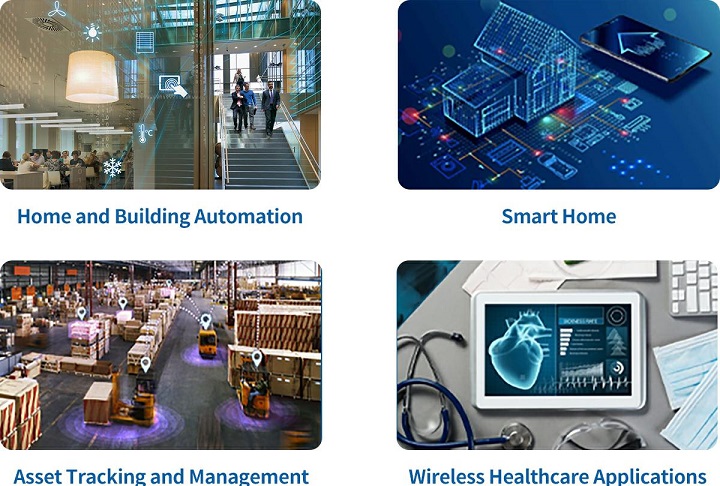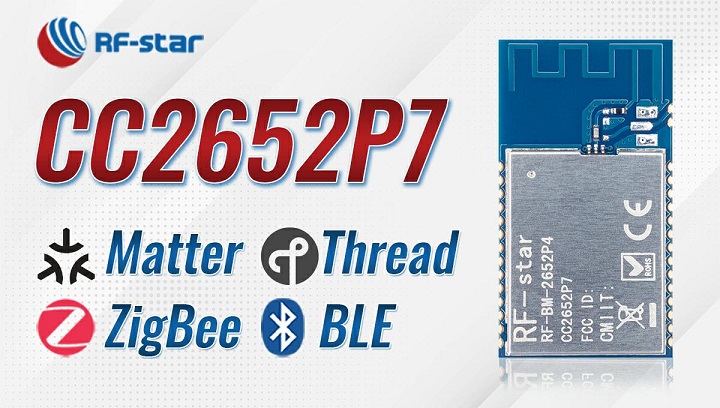
Texas Instruments IDH RF-star Technology recently released a multi-protocol module RF-BM-2652P4. Except for BLE and Zigbee, the module, built upon TI SoC CC2652P7,also supports Thread and Matter.
The module’s core chip TI CC2652P7 runs SimpleLink multi-protocol over 2.4 GHz bands. Featuring high RF performance (Max Tx power~ +20 dBm and BLE Rx sensibility @125 kpbs ~-104 dBm), it covers a number of wireless communication protocols such as Thread, Zigbee®, Matter, Bluetooth® 5.2 Low Energy, IEEE 802.15.4g, 6LoWPAN, TI 15.4-Stack (2.4 GHz), etc.. It functions over a 3-core architecture: an ARM Cortex-M4F for application logic, an ARM Cortex-M0 processor for dynamic RF management, and a 16-bit low-power sensor controller.
The module integrates an industrial-grade 48 MHz crystal oscillator and a 32.768 kHz low-power clock crystal oscillator. A variety of peripherals are reserved for use, such as: I2C, I2S, UART, SPI, ADC and GPIO, etc.
The module complies with FCC and CEon EMC/ESD specifications. And material wise it meets the standards of ROHS and REACH.
RF-BM-2652P4 CC2652P7 Module Features
1. Triple-core architecture for higher performance and lower power consumption.
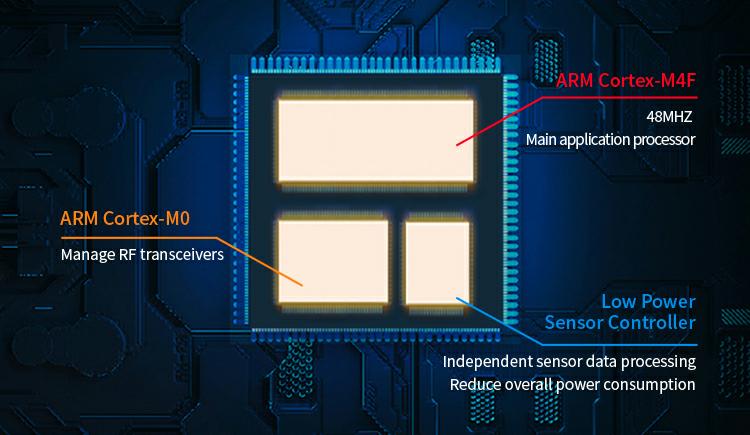
2. Multiple-protocol support: compatible with multiple protocols over the physical layer and upper layer communication.
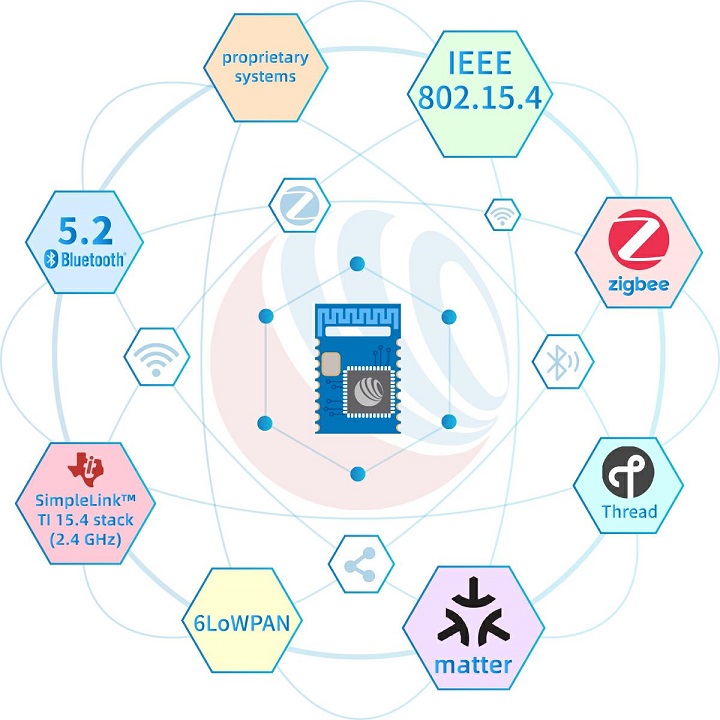
3. On-chip PA and LNA for broader coverage and higher sensitivity.
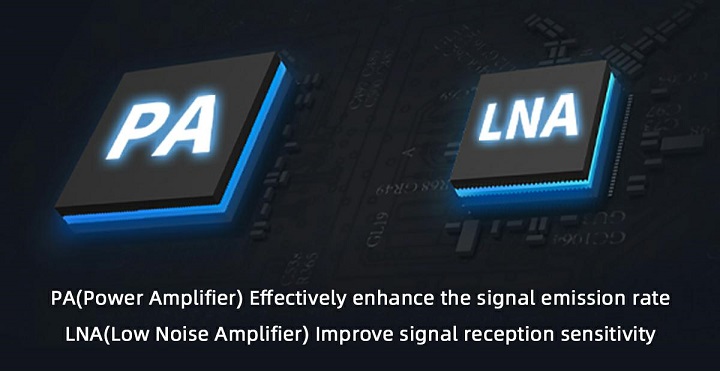
4. DMM (dynamic multi-protocol manager) allows multiple radio protocols to operate simultaneously with improved communication efficiency
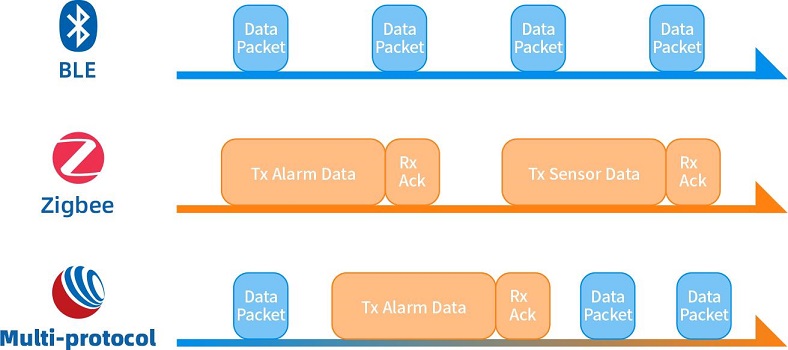
5. Supporting Thread and Matter. Matter allows users to efficiently improve interconnection among devices in different subnetworks: As a unified IP-based connectivity protocol, Matter sitts at the top of the communication architecture and relies on Thread, WiFi, and Ethernetetc.to send commands and data to smart home devices regardless of brand and ecosystem. Thread is an open sourcelow-power and low-latency wireless mesh network protocol released by Google. It can be understood as an enhanced version of Zigbee that supports IPv6, allowing smart home devices such as lights, media devices, TVs, sensors , AC, curtains, etc. communicate with each other locally without accessing the Internet.
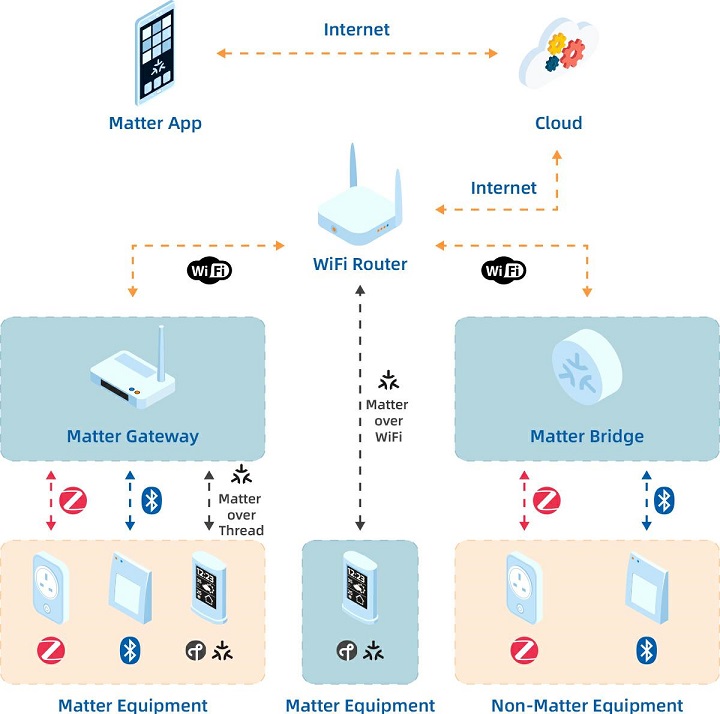
Application Scenario
1. Home and building automation:
► Building security systems: motion detectors, electronic door locks, door and window sensors, gateways
► HVAC: thermostats, wireless environmental sensors, HVAC system controllers
► Fire safety systems: smoke detectors, fire control panels
► Garage door openers
► Elevator and escalator controls
2. Smart grid and automatic meter reading:
► Water, gas and electricity meters
► Heat distribution table
► Gateway
3. Wireless sensor network:
► Remote sensor applications
4. Smart home
5. Asset tracking and management
6. Factory automation
7. Energy Harvesting Applications
8. Energy Harvesting Applications
9. Electronic shelf labels (ESL)
